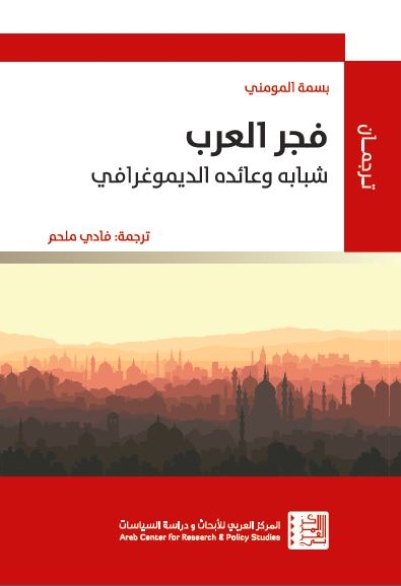Description
This post is also available in:
 العربية (Arabic)
العربية (Arabic)
In the West, news about the Middle East is dominated by an endless stream of reports and commentary about civil war, sectarian violence, religious extremism, and economic stagnation. But do they tell the full story? For instance, who knew that university enrolment in the war-torn Palestinian territories exceeds that of Hong Kong, or that more than a third of Lebanese entrepreneurs are women?
Change is on its way in the Middle East, argues Bessma Momani, and its cause is demographic. Today, one in five Arabs is between the ages of fifteen and twenty-four. Young, optimistic, and increasingly cosmopolitan, their generation will shape the region’s future. Drawing on interviews, surveys, and other research conducted with young people in fifteen countries across the Arab world, Momani describes the passion for entrepreneurship, reform, and equality among Arab youth. With insightful political analysis based on the latest statistics and first-hand accounts, Arab Dawn is an invigorating study of the Arab world and the transformative power of youth.
“Momani covers the novel characteristics and expectations of today’s large, wired, and frustrated cohort of Arab youth with sensitivity and assurance.”
(Marc Lynch, Director of the Institute for Middle East Studies and Professor of Political Science, The George Washington University)
“While much is being written about the rise of Islamic fundamentalism and the collapse of regimes across the Middle East, there has been little on the fundamental changes that underlie the rise of youth across the region. Arab Dawn is a comprehensive yet accessible treatment of this complicated set of issues that provides the reader with a better understanding of the political, economic, and social aspects of the Arab world.”
This post is also available in:
 العربية (Arabic)
العربية (Arabic)

 English
English 




